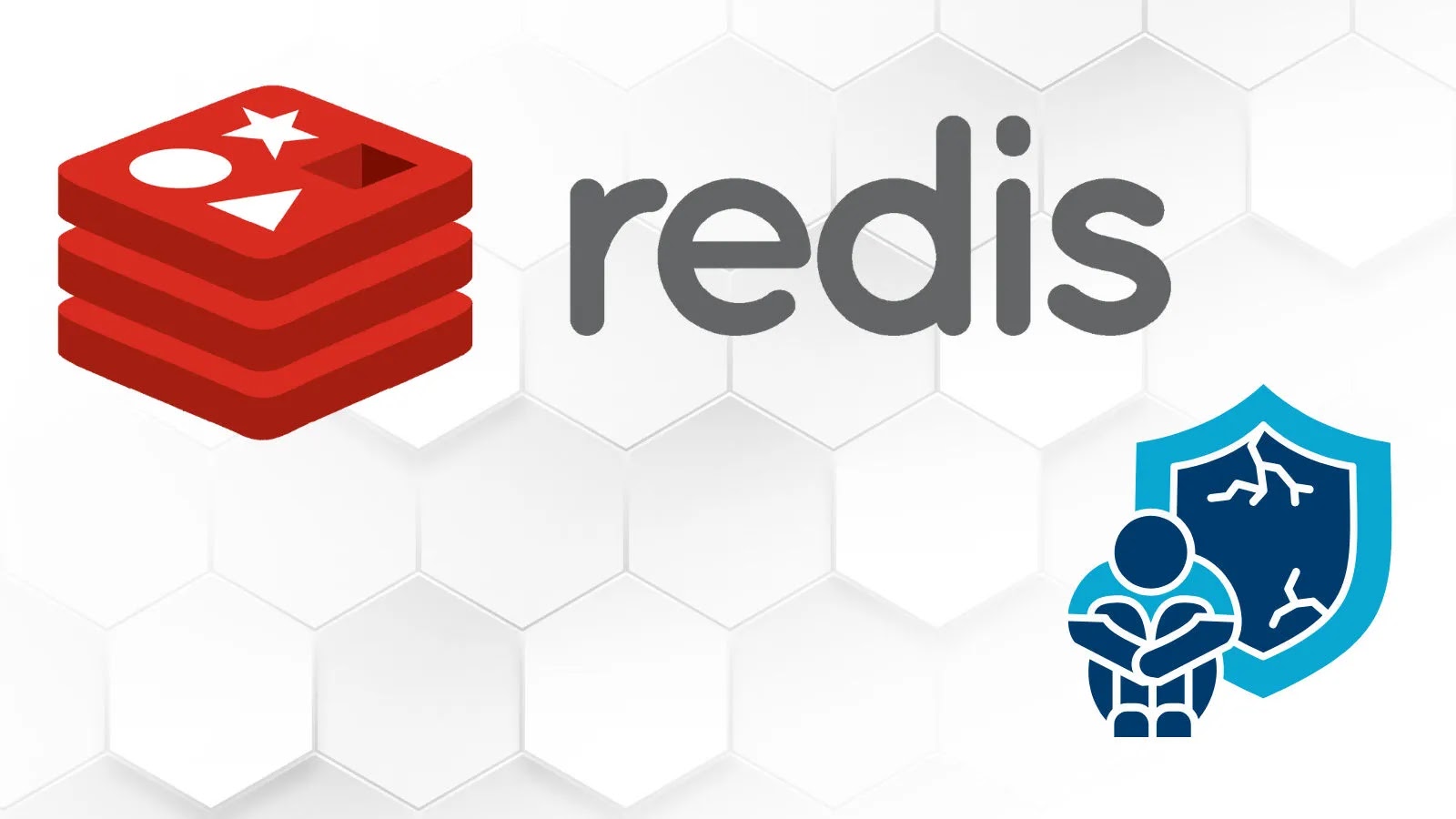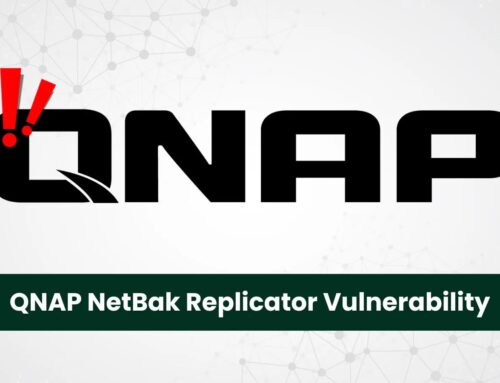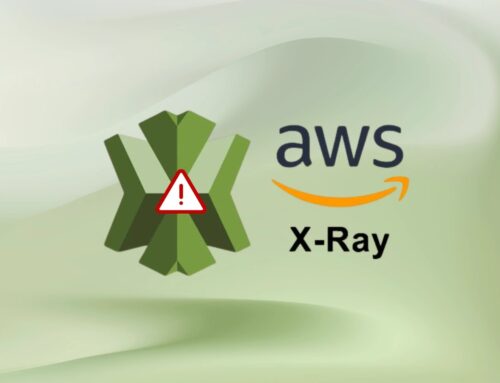
Redis Server Vulnerability use-after-free Vulnerability Enables Remote Code Execution
Critical Redis Vulnerability: Remote Code Execution via Use-After-Free Flaw
The integrity of data infrastructure frequently relies on robust, high-performance in-memory data stores. Redis, a popular choice for caching, session management, and real-time analytics, has recently been at the center of a critical security disclosure. A high-severity use-after-free vulnerability, identified as CVE-2025-49844, has been discovered in Redis servers, exposing countless deployments to potential remote code execution.
This flaw presents a significant threat, as it allows authenticated attackers to compromise Redis instances, potentially leading to data exfiltration, service disruption, or further network penetration. Organizations relying on Redis must understand the nature of this vulnerability and implement immediate remediation strategies.
Understanding the Use-After-Free Vulnerability
The CVE-2025-49844 vulnerability in Redis is a classic use-after-free error. This class of bug occurs when a program attempts to access memory after it has been freed, potentially leading to corrupted memory or arbitrary code execution. In the context of Redis, this specific flaw impacts instances utilizing the Lua scripting engine.
Lua scripting allows Redis users to execute complex operations atomically on the server side, enhancing performance and simplifying application logic. However, the use-after-free vulnerability arises from a mishandling of memory allocation and deallocation within the Lua environment, specifically when certain operations involving scripts are performed. An authenticated attacker, by crafting malicious Lua scripts or command sequences, can exploit this memory corruption to gain control over the server process, effectively achieving remote code execution (RCE).
Given Redis’s role in critical application components, an RCE exploit could have severe consequences, including:
- Complete compromise of the Redis server and stored data.
- Lateral movement within the network from the compromised Redis instance.
- Disruption of services reliant on Redis, leading to operational downtime.
Affected Versions and Scope
This critical vulnerability impacts all versions of Redis that utilize the Lua scripting engine. This broad scope means a vast number of Redis deployments are vulnerable. Redis is a cornerstone for many applications, from small-scale projects to large enterprise systems. Any environment where Redis is used with Lua scripting enabled, which is a common configuration for advanced operations, should be considered at risk.
The severity of this flaw cannot be overstated. Authenticated access to a Redis instance, a common setup where applications connect with credentials, now carries the risk of full system compromise if CVE-2025-49844 is exploited.
Remediation Actions
Immediate action is imperative to mitigate the risks posed by CVE-2025-49844. Organizations should prioritize securing their Redis deployments by following these steps:
- Upgrade Redis: The most crucial step is to upgrade your Redis instances to a patched version as soon as available, or the latest stable release that includes the fix. Monitor official Redis releases and security advisories for the specific patch.
- Disable Lua Scripting (If Possible): If your application does not explicitly rely on Redis’s Lua scripting capabilities, consider disabling it as an interim measure until you can upgrade. This can often be done via configuration settings, though the exact method may vary depending on your Redis version and deployment.
- Implement Strong Authentication and Authorization: Ensure that all Redis instances are protected by robust authentication (e.g., strong passwords, TLS for client connections) and that authorization controls are strictly enforced, granting access only to necessary users and applications.
- Network Segmentation and Firewall Rules: Isolate Redis servers within your network using firewalls and network segmentation. Restrict inbound connections to Redis ports (typically 6379) only from trusted sources that explicitly require access.
- Least Privilege Principle: Ensure that the Redis process itself runs with the minimum necessary privileges on the operating system.
- Regular Security Audits: Conduct regular security audits and penetration tests on your Redis deployments to identify and address potential vulnerabilities proactively.
Tools for Detection and Mitigation
Leveraging appropriate tools can aid in identifying vulnerable Redis instances and securing them.
| Tool Name | Purpose | Link |
|---|---|---|
| Nmap | Network scanning and service version detection. Can help identify exposed Redis instances and their versions. | https://nmap.org |
| Redis-cli | Official Redis command-line interface. Useful for checking versions, running commands, and managing configurations. | https://redis.io/docs/manual/cli/ |
| Lynis | Security auditing tool for Linux/Unix. Can help scan for misconfigurations and best practices for Redis on Linux systems. | https://cisofy.com/lynis/ |
| Security Information and Event Management (SIEM) Systems | Monitoring Redis logs for suspicious activity, failed authentication attempts, or unusual Lua script executions. | (Provider Dependent) |
Conclusion
The discovery of CVE-2025-49844 constitutes a critical alert for all organizations using Redis, particularly those employing its Lua scripting capabilities. This use-after-free vulnerability paves the way for authenticated attackers to achieve remote code execution, posing a severe risk to data and infrastructure. Prompt patching to a secure version, coupled with robust security configurations, network isolation, and continuous monitoring, is essential to mitigate this threat effectively. Prioritizing these actions will help safeguard your Redis deployments against compromise and maintain the integrity of your applications.
The original article discussing this vulnerability can be found on Cyber Security News: Redis Server Vulnerability use-after-free Vulnerability Enables Remote Code Execution.





